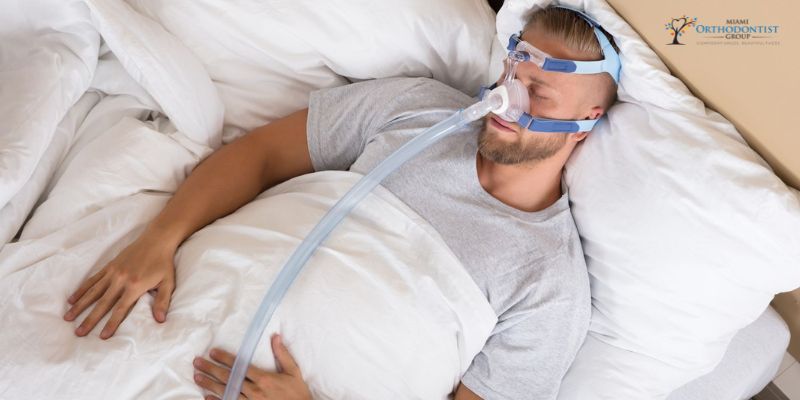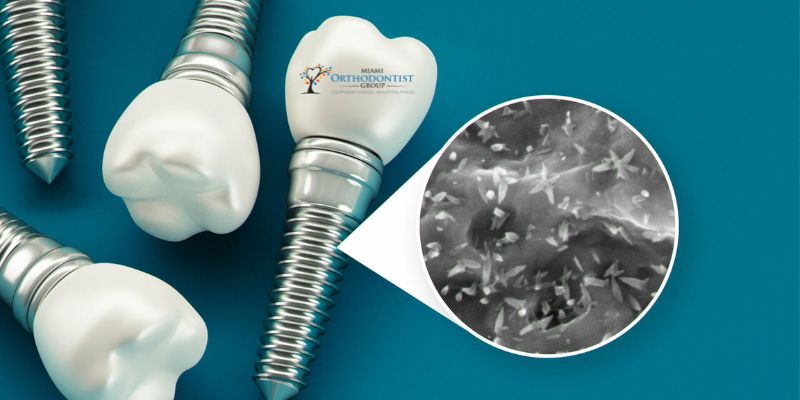Continue reading "How Can Orthognathic Surgery Treat Sleep Apnea?"
Millions of people worldwide suffer from the common sleep disease known as obstructive sleep apnea (OSA). It is caused by the obstruction or narrowing of the upper airway, which results in snoring and irregular breathing while you sleep. OSA can harm health, including a higher risk of diabetes, heart disease, and stroke. Orthognathic surgery, which …



